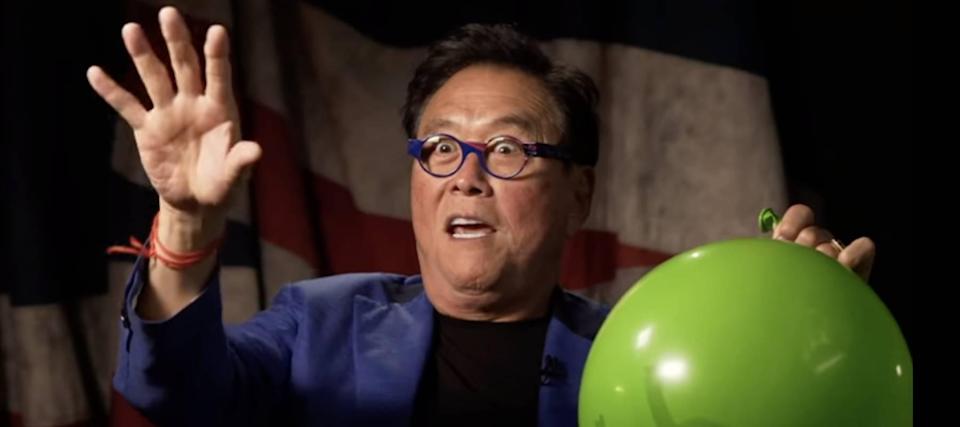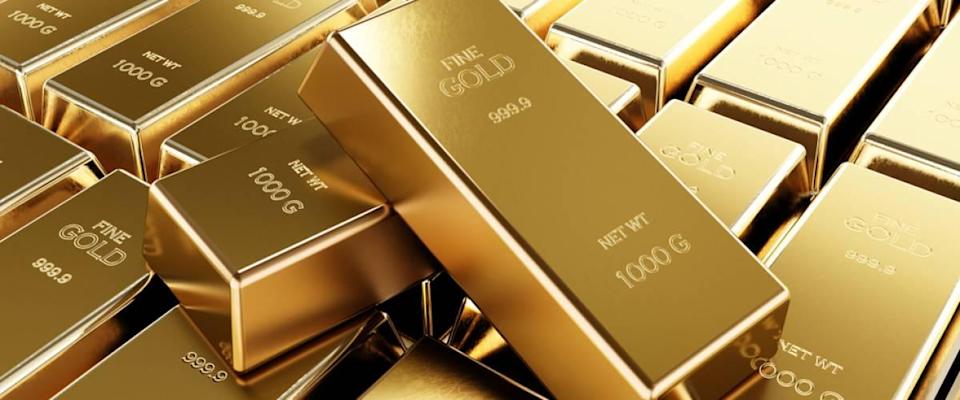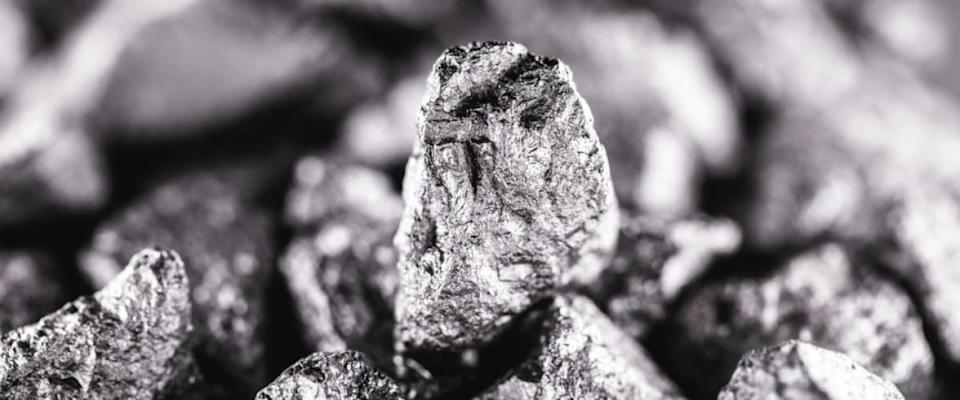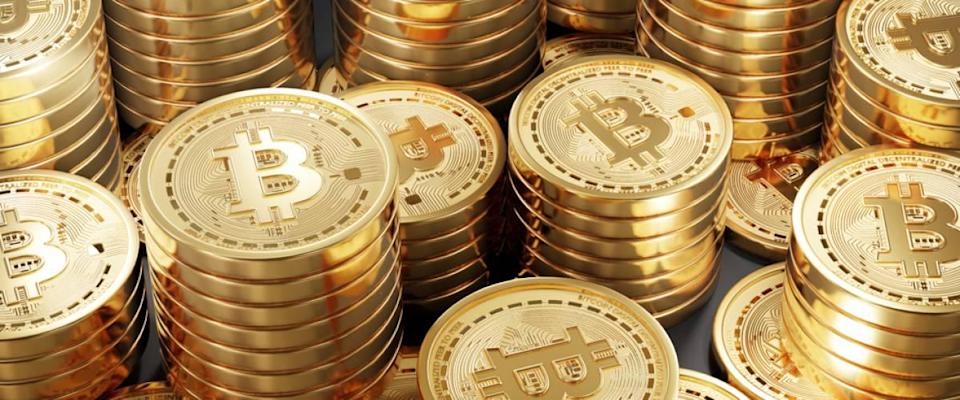
With the S&P 500 back near all-time highs, the stock market is largely shrugging off inflation and Omicron concerns.
But according to Rich Dad Poor Dad author Robert Kiyosaki, danger lurks.
In an interview with Stansberry Research earlier this week, Kiyosaki pointed out that the eurodollar yield curve is now inverted (shorter-maturity debt has a higher yield than longer-maturity debt), which has historically meant that “something bad is happening.”
“It was followed by Lehman Brothers, it was followed by COVID,” he said.
To be sure, it’s not the first time that Kiyosaki has sounded the alarm. In September, he told Kitco News that “the biggest crash in world history” would hit in October.
But the author isn’t backing down from his ultra-bearish stance. Based on inflation versus growth numbers, Kiyosaki claimed that we are already in a “technical depression.”
The good news? Kiyosaki also provided investors with three assets that he’s counting on to prepare for the inevitable downturn. One of them might be worth following along with some of your extra cash.
Gold

Kiyosaki first bought gold in 1972 when it was trading at $50 an ounce.
Today, the yellow metal trades at roughly $1,800 an ounce and he still likes it.
“I’m not buying gold because I like gold, I’m buying gold because I don’t trust the Fed,” the author said.
He has a point. Over 35% of all U.S. dollars in existence were printed in 2020.
Gold, on the other hand, can’t be printed out of thin air like fiat money. Moreover, its value is largely unaffected by economic events around the world.
And because of the precious metal’s safe-haven status, investors often rush toward it in times of crisis, making it an effective hedge.
There are many ways to play gold.
You can own gold bullion. You can also get exposure through ETFs like SPDR Gold Shares. Or, you can look at gold mining companies.
If gold prices go up, miners get to earn higher revenue and profits, which tend to translate to higher share prices.
For instance, companies like Barrick Gold, Newmont, and Freeport-McMoRan typically do well during tough times for other sectors.
And if you don’t want to have anything to do with stocks, you can always build a low-risk income portfolio just by using your digital nickels and dimes.
Silver

The grey metal may not seem as exciting as gold, but it could be an even better opportunity given its price action.
“Silver has always been the best, it’s still 50% off its all-time high, and they keep using it for industry. It’s an industrial metal,” Kiyosaki said.
Just like gold, silver can act as a store of value. But it’s more than just a safe haven asset.
Silver is widely used in the production of solar panels. It’s also a critical component in many vehicles’ electrical control units. The industrial demand — plus the hedging properties — makes silver a very interesting asset class for investors.
You can buy silver coins and bars. ETFs like iShares Silver Trust provide another way to gain access to the metal. And of course, there are plenty of miners well-positioned for a silver price boom.
Companies like Pan American Silver, Wheaton Precious Metals, and First Majestic Silver should provide a good starting point for some research.
Bitcoin

If you’ve followed the price of bitcoin over the last few months, you know that crypto investing isn’t always smooth sailing.
After soaring above $68,000 on Nov. 10, bitcoin has fallen back to around $50,000.
That said, long-term holders — including Kiyosaki — are not complaining as the price of the world’s largest cryptocurrency is still up more than 100% over the past 12 months.
“Bitcoin going up and down? I don’t really care because my entry point is $6,000,” Kiyosaki said during the interview.
Back in October, the author tweeted that the future of Bitcoin is “very bright.”
Investors can buy bitcoin directly. Today, many exchanges charge up to 4% in commission fees just to buy and sell crypto. But some investing apps charge 0%.
Companies that have tied themselves to the crypto market present another option to capitalize on the crypto boom.
For instance, software technologist MicroStrategy has built a stash of 122,478 bitcoins.
Electric vehicle giant Tesla holds around 43,200 bitcoins.
Then there are picks-and-shovels plays like Coinbase Global, which runs the largest cryptocurrency exchange in the U.S.
A fourth alternative

While Kiyosaki likes gold, silver, and Bitcoin, he didn’t say that they’re immune to market downturns.
If you want an asset that has little correlation with the ups and downs of the stock or crypto market, there is one more asset to consider — fine art.
Contemporary artwork has outperformed the S&P 500 by a commanding 174% over the past 25 years, according to the Citi Global Art Market chart.
And it’s becoming a popular way to diversify because it’s a real physical asset with little correlation to the stock market.
On a scale of -1 to +1, with 0 representing no link at all, Citi found the correlation between contemporary art and the S&P 500 was just 0.12 during the past 25 years.
Investing in art by the likes of Banksy and Andy Warhol used to be an option only for the ultrarich, like Kiyosaki. But with a new investing platform, you can invest in iconic artworks just like Jeff Bezos and Bill Gates do.
This article provides information only and should not be construed as advice. It is provided without warranty of any kind.
Source: finance.yahoo.com
